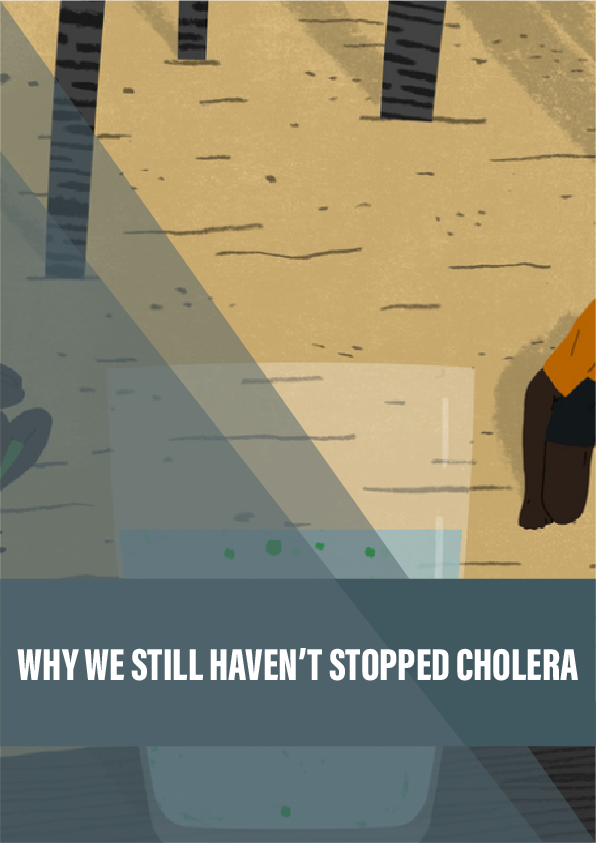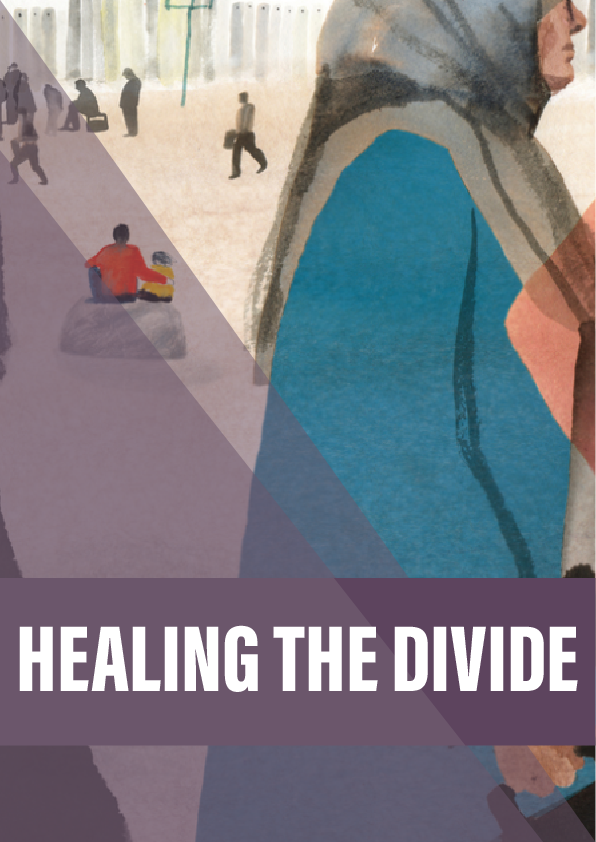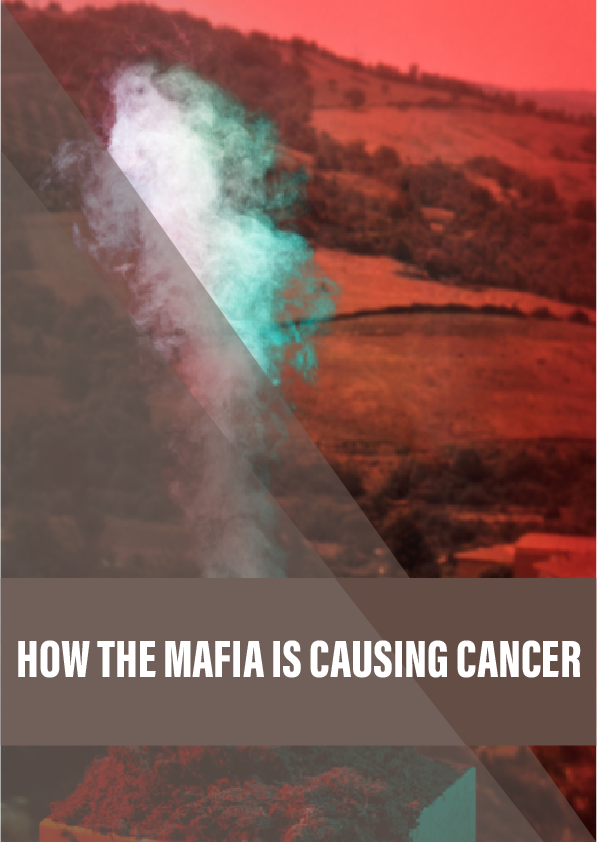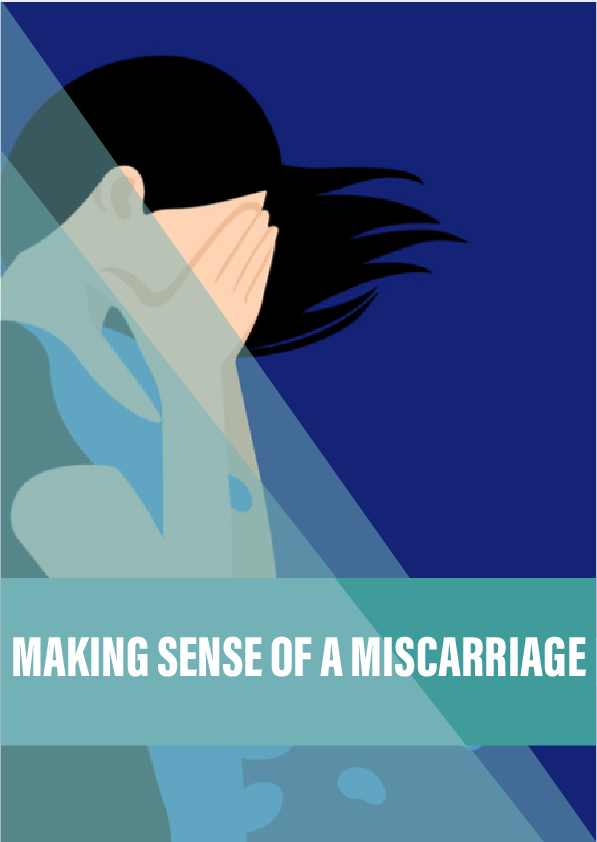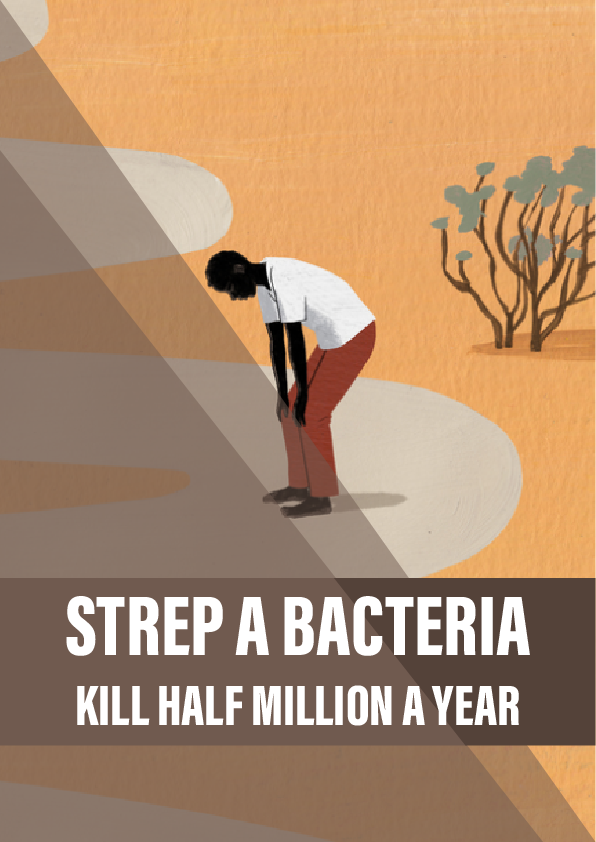Why have attempts to get it under control failed? Rose George reports on an outbreak that went on far longer than anyone expected.
UPDATE (August 2016): When we first published this story in July 2015, some people claimed that the United Nations was responsible for bringing cholera to Haiti in the 2010 outbreak – something that the organisation denied. However, in August 2016 the UN acknowledged that it played a role in the outbreak, which has since killed 10,000 people. You can read Mosaic’s shorter piece on the causes of the 2010 outbreak here.
In early February, when Jenniflore Abelard* arrived at her parents’ house high in the hills of Port-au-Prince, her father Johnson* was home. He was lying in the yard, under a tree, vomiting. When Jenniflore spoke to him, his responses, between retches, sounded strange: “nasal, like his voice was coming out of his nose”. He talked “like a zombie”. This is a powerful image to use in Haiti, where voodoo is practised and where the supernatural doesn’t seem as far-fetched as it might elsewhere. Her father’s eyes were sunk back into his head. She was shocked, but she knew what this was, because she has lived through the past five years in Haiti. She has lived through the time of kolera.
On 18 October 2010, Cuban medical brigades working in the areas around the town of Mirebalais in Haiti reported a worrying increase in patients with acute, watery diarrhoea and vomiting. There had been 61 cases the previous week, and on 18 October alone there were 28 new admissions and two deaths.
Reference:
- Final Report of the Independent Panel of UN experts on the Cholera Outbreak in Haiti, a lucid view at how and why the cholera came back to Haiti after 200 years.
- Ryan ET PLoS Negl Trop Dis 5(1):e1003 (2011) The Cholera Pandemic, Still with Us after Half a Century: Time to Rethink, a really clear more global overview of why we’re still being assaulted by a pandemic that began in 1961.
- Piarroux R et al. Emerg Infect Dis 17:7 (2011) Understanding the cholera epidemic, Haiti. Rene Piarroux has done peerless research into Haiti’s cholera outbreak, along with his fellow epidemiologist Stanislas Rebaudet
- Marisa C. Eisenberg et al. Epidemics 5(4):197–207 (2013) Examining rainfall and cholera dynamics in Haiti using statistical and dynamic modeling approaches. Quite technical but a fascinating look at the correlation between weather and disease.
- Haiti: Clean water, improved sanitation, better health: Haiti Conference, Washington DC, 2014. Report of a high-level conference into Haiti held at Washington DC, with good overview and prospects for the future.
- The biology behind cholera: from Big Picture, the Wellcome Trust’s educational website.
- Desperate love in a time of cholera: Exploring the struggle between love and disgust when caring for sick relatives, from elsewhere on the Mosaic site.
- Cholera & Conflict: 19th Century Cholera in Britain and its Social Consequences. Edited by Michael Holland, Geoffrey Gill and Sean Burrell. Thackray Museum, 1999. Most books about the cholera in 19th century Britain focus on the (admittedly wonderful) John Snow. This book looks at other cities where cholera also thrived, even though London got, and gets, most of the attention.
- The Ghost Map by Steven Johnson. This is the best most recent narration of the story of John Snow and how he mapped cholera in London.
- Institute of Justice and Democracy in Haiti. A really comprehensive site for all sorts of news on Haiti, with a clear and detailed set of references and resources relating to cholera and the attempts to get reparation for its victims.
- Sustainable Organic Livelihoods Haiti (SOIL): an NGO that is trying to improve the sanitation situation in Port-au-Prince and Cap-Haitien regions, by promoting ecological sanitation. Dry toilets, composting of human “waste” and the selling of “konpo lakay” (local compost). Sustainable sanitation, sustainable social business: SOIL are doing great things.
